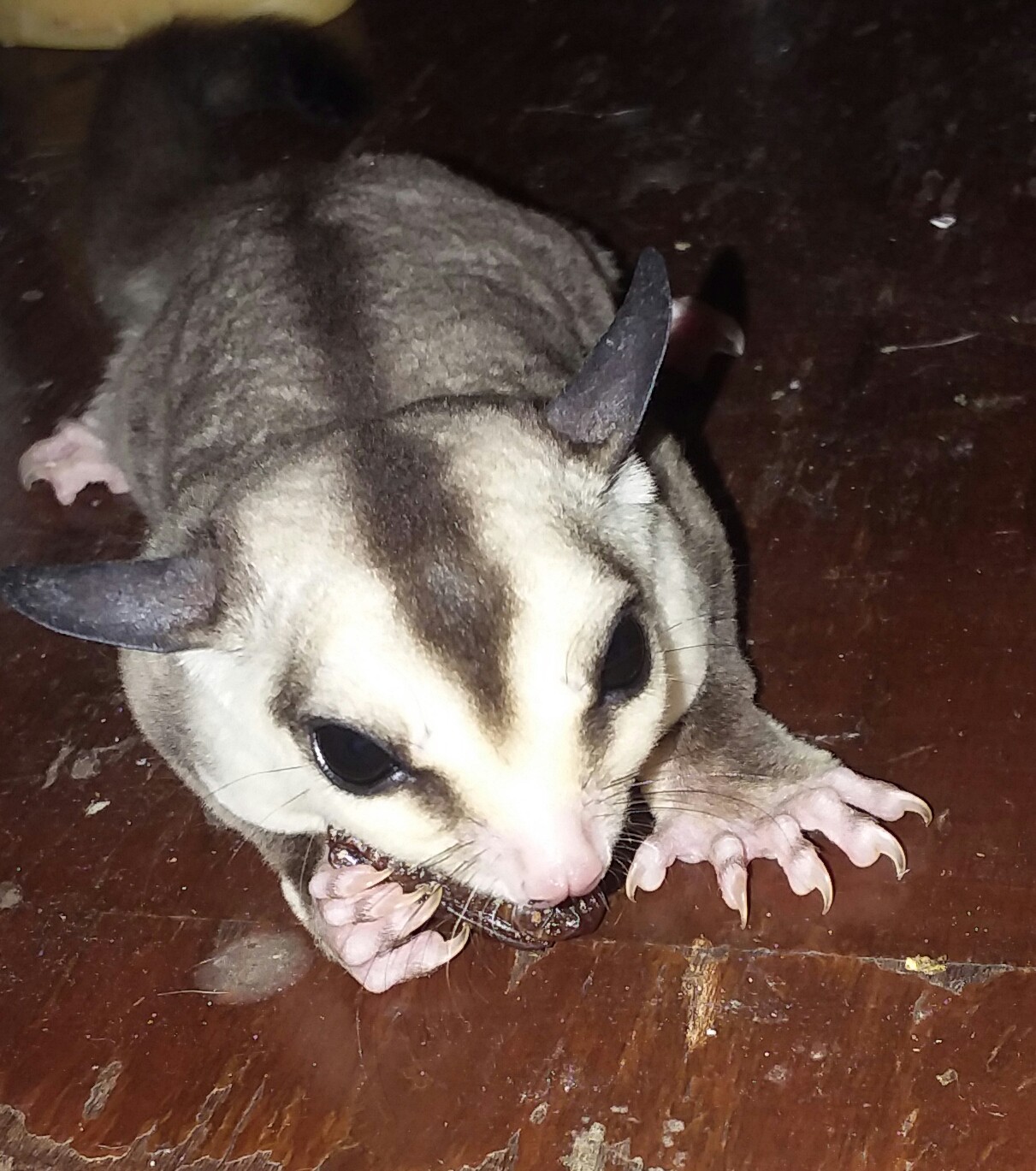


In the wild, sugar gliders are mainly found in tropical and cool-temperate forests. Because of the pet trade, sugar gliders have managed to reach the furthest corners of the world as people's pets. As an arboreal animal, it prefers to stay in areas that are covered with trees. Sugar gliders are native to Australia, New Guinea, Tasmania, and some Indonesian islands. However, sugar gliders take up a big proportion of the exotic pet market. No particular study has been done to study the total population of sugar gliders in the world. How many sugar gliders are there in the world? The sugar glider falls under the class Mammalia and the genus Petaurus. What class of animal does a sugar glider belong to? Sugar gliders are a type of small arboreal marsupials that are categorized as possums. Also, check out the articles on Japanese macaque and fur seals to have a diverse knowledge of animals.įamily Petauridae Sugar Glider Interesting Facts What type of animal is a sugar glider? Keep on reading to learn more interesting sugar glider facts.

Their current conservation status is of Least Concern, but their numbers are declining rapidly. Sadly, the cute look of the sugar glider has also made it a target for poaching and it is rampantly sold in exotic pet markets. An interesting aspect of this marusupial species is its diet which includes everything from sugary tree sap to pollen, and at times it can even munch on fungi. As arboreal animals, a sugar glider seldom leaves a tree, and its favorite nest location is at the top of a eucalyptus tree. The sugar glider is quite tiny, and it has the unique ability to glide from one tree to the next with the help of a soft membrane present between its wrists and ankles. The big eyes of this species have been the center of attraction for many because they give them an innocent look. Anyone using the information provided by Kidadl does so at their own risk and we can not accept liability if things go wrong.Ī sugar glider (Petaurus breviceps) is a small arboreal marsupial belonging to the Australian continent.

Kidadl cannot accept liability for the execution of these ideas, and parental supervision is advised at all times, as safety is paramount. We recommend that these ideas are used as inspiration, that ideas are undertaken with appropriate adult supervision, and that each adult uses their own discretion and knowledge of their children to consider the safety and suitability. Our recommended activities are based on age but these are a guide. We recognise that not all activities and ideas are appropriate and suitable for all children and families or in all circumstances. Kidadl provides inspiration to entertain and educate your children. We will always aim to give you accurate information at the date of publication - however, information does change, so it’s important you do your own research, double-check and make the decision that is right for your family. We try our very best, but cannot guarantee perfection. We strive to recommend the very best things that are suggested by our community and are things we would do ourselves - our aim is to be the trusted friend to parents. At Kidadl we pride ourselves on offering families original ideas to make the most of time spent together at home or out and about, wherever you are in the world.


 0 kommentar(er)
0 kommentar(er)
